As more and more people move from cities to more rural areas, we figured it was time to talk about septic systems! Many folks are unaware that homes in rural areas are not connected to city sewers. In the San Juan Islands homes have their own onsite sewage systems (OSS), most commonly referred to as septic systems. There is an exception for folks living within the town limits of Friday Harbor, as the town has its own sewer system.
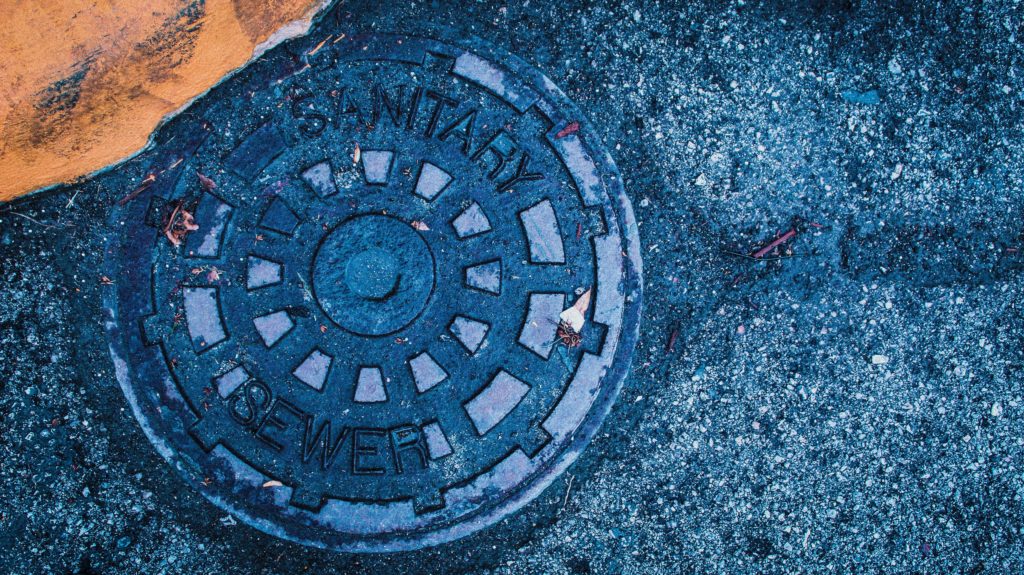
What is a Septic System?
The designs and sizes of septic systems vary depending on soil conditions, slope and size of the lot, the groundwater table and of course the size of your household. A gravity system is the most common and straightforward, consisting of a septic tank and a drain field. It is a combination of nature and time-tested technology to treat wastewater from your household plumbing like bathrooms, kitchen drains and laundry. Unlike city sewers, a septic system is an organic, living system. It works by using helpful bacteria to “eat” and decompose your organic waste.
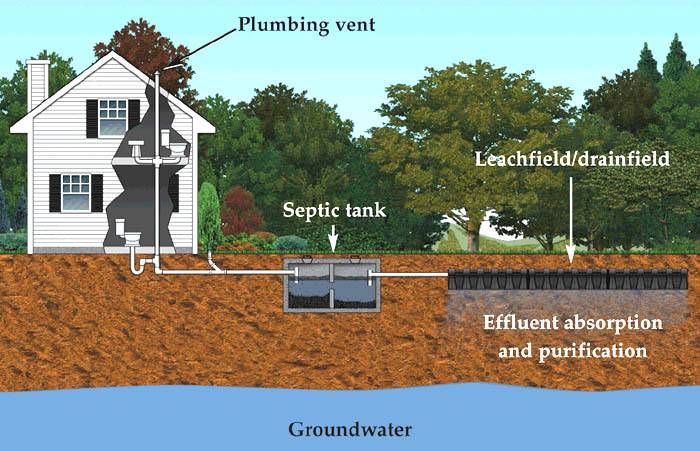
How does it work?
All water runs out of your house from one main pipe into a septic tank, which is a buried, water-tight container made of concrete, fiberglass or polyethylene. The tank’s job is to hold the wastewater long enough to allow solids to settle down to the bottom (sludge) and the oil and grease float to the top (scum). Compartments inside the tank and a T-shaped outlet prevent the sludge and scum from leaving the tank. Bacteria inside the tank breaks down the sludge over time. The liquid wastewater, known as effluent, then exits the tank and flows into a drain field. There it percolates into the soil, naturally removing harmful bacteria, viruses and nutrients.
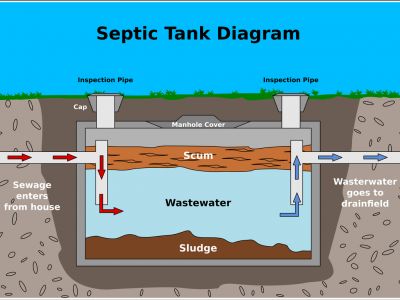
Things not to do
Don’t flush solid waste, like diapers, cigarette butts, food waste or tampons into the system. Water, bodily waste and toilet paper are the only things you should flush down your toilets. Don’t use harsh cleaners like bleach or flush down chemicals like paint thinners, gasoline and even antibacterial soap. They can kill the beneficial bacteria in your tank.
Do not drive or park on your drain field, as this may damage the drain pipes. Don’t plant trees or allow trees to grow too close to the field, since the roots may damage or even invade the pipes and create clogs.
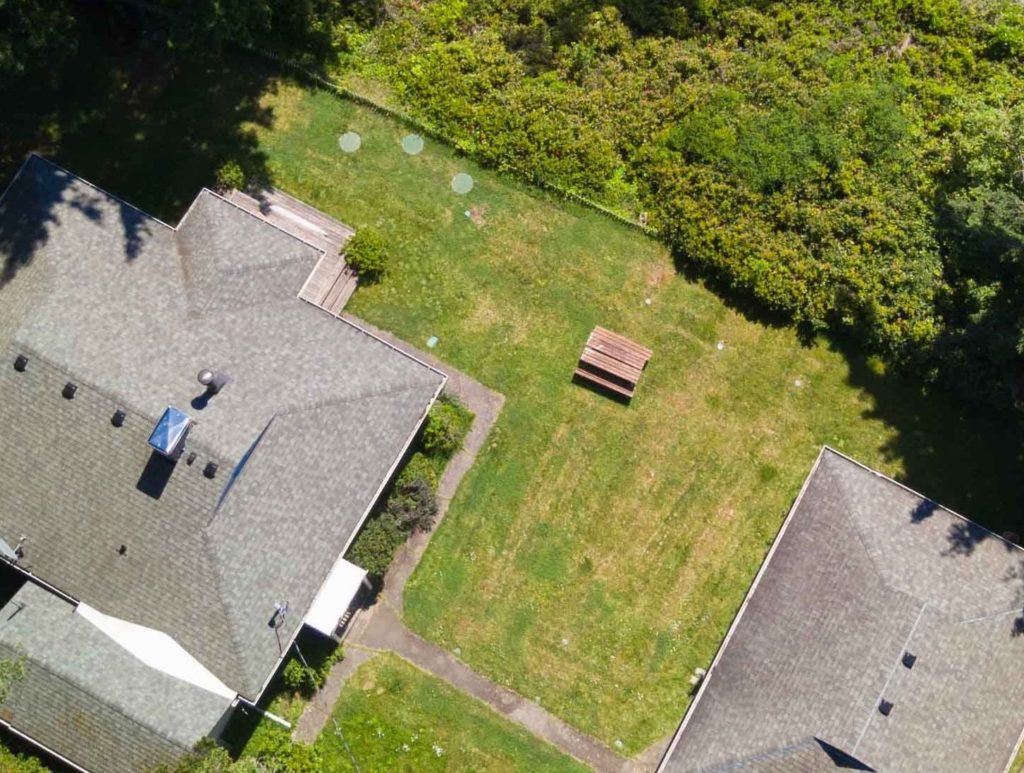
Things to do
Reduce the amount of wastewater entering the system. Excessive water is one of the main reasons a system fails. How do you reduce the amount of water entering the system? Use water-saving bathroom and kitchen fixtures. Spread out laundry over the entire week. Run and drain appliances such as dishwashers and washing machines one at a time. Fix faucet and toilet leaks.

Divert rainwater run off away from the drain field, to prevent it from flooding.
Maintenance
San Juan County requires all gravity systems to be inspected every 3 years, all other systems on an annual basis. You also need to have an inspection if you plan to sell your house or apply for a remodeling permit. Regular inspections prevent costly repairs and future failures and help protect the groundwater, marine and freshwater resources and public health.

Most septic tanks are pumped out every three to five years. Frequency of pumping depends on how regularly the system is used and by how many people. This will ensure that solids will not flow from the tank to the drain field. Pumping is cheaper than a repair or a new drainfield.
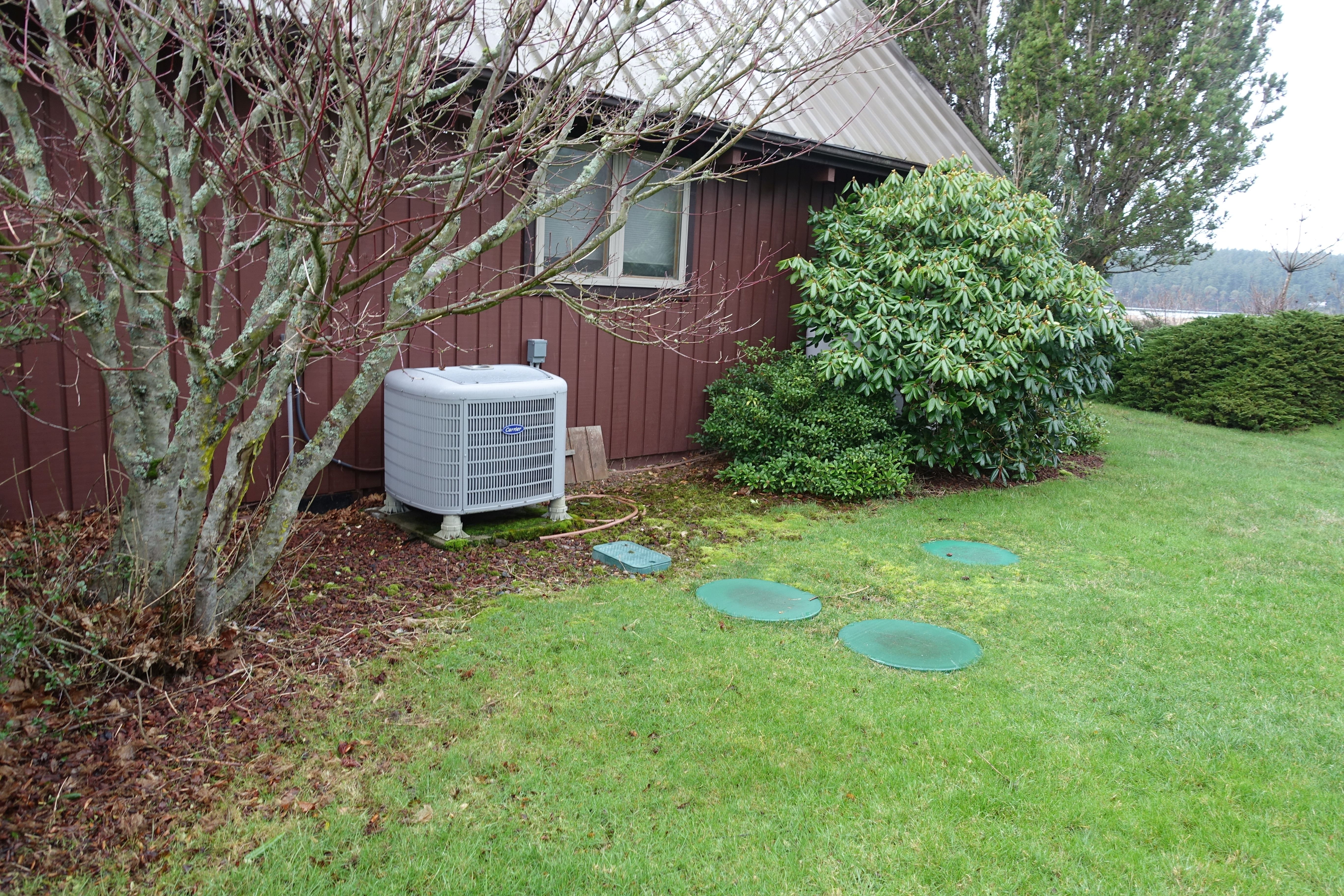
The Take-away
If all you know is city sewers, this sounds rather involved and overwhelming at first. Do not worry! You find a full list of approved designers and septic maintenance people on the San Juan County website. They can guide you through the process and answer all your questions.




